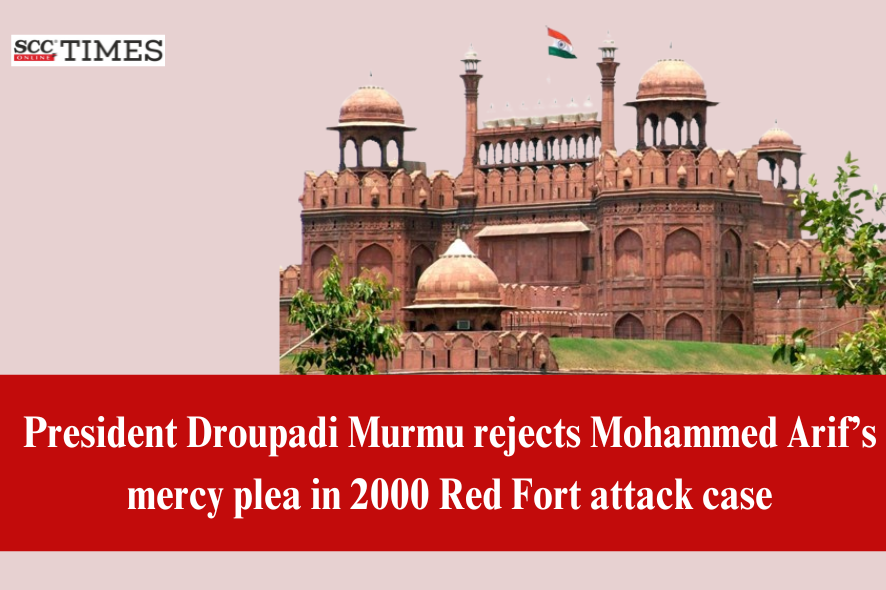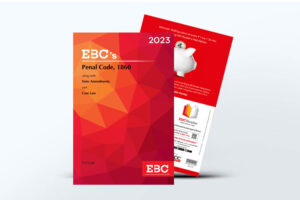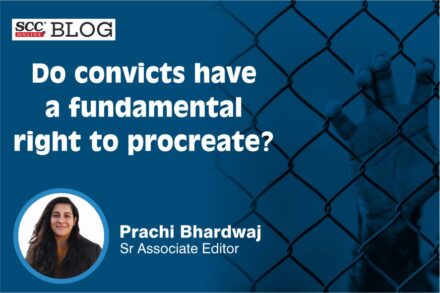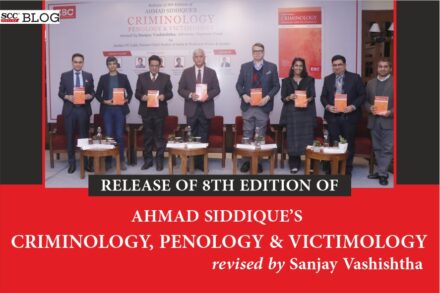On 27-05-2024, President Droupadi Murmu rejected Mohammed Arif’s mercy plea who was convicted in the Red Fort Attack Case and was sentenced to death.
In November 2022, the Supreme Court had rejected the review petition filed by Arif challenging his conviction and death sentence. In the review petition, in Mohd. Arif v. State (NCT of Delhi), (2023) 3 SCC 654, the three Judge Bench of the then CJI UU Lalit, S. Ravindra Bhat and Bela M. Trivedi heard the challenge against Mohd. Arif v. State (NCT of Delhi), (2011) 13 SCC 621, wherein the Trial Court’s and Delhi High Court’s judgment convicting Arif and awarding death sentence for the offences under Section 302 of the Penal Code, 1860 (‘IPC’) was confirmed.
The Bench while rejecting the review petition held that there was nothing on record which could have been taken to be a mitigating circumstance in his favour. Regarding the question of possibility of retribution and rehabilitation, the Bench said that the same was not made out from any evidence. The Court added that, the fact that there was a direct attack on the unity, integrity and sovereignty of India, completely outweighed the factors which could even remotely be taken into consideration as mitigating circumstances.
It was reiterated that when there is challenge to the unity, integrity and sovereignty of India by acts of terrorism, such acts are taken as the most aggravating circumstances, and it is well accepted that the cumulative effect of the aggravating factors and the mitigating circumstances must be considered before the death sentence is awarded.
On the ill-fated night of 22-12-2000 at about 9 p.m. some intruders fired and gunned down three army jawans belonging to 7th Rajputana Rifles. The jawans were posted at the Red Fort for its protection. The intruders had left by scaling the rear-side boundary wall of the Red Fort. This led to the lodging of FIR for offences punishable under Sections 302, 307, 186, 353, 120-B, 121, 121-A, 216 and 201 of the IPC read with Sections 25, 27, 54 and 59 of the Arms Act, 1959; Section 14 of the Foreigners Act, 1946; Sections 4 and 5 of the Explosive Substances Act, 1908 and Sections 420, 468, 471, 474 and 34 of the IPC. During the investigation, Arif’s involvement was made out.
****
Source: https://www.rashtrapatibhavan.gov.in/mercy-petition








The Red Fort Complex was built as the palace fort of Shahjahanabad – the new capital of the fifth Mughal Emperor of India, Shah Jahan. Named for its massive enclosing walls of red sandstone, it is adjacent to an older fort, the Salimgarh, built by Islam Shah Suri in 1546, with which it forms the Red Fort Complex.